License
Front Cover (vol. 1)
Front Cover (vol. 2)
Credits & Notes on the Electronic Version
Contents
Preface
Summary of Useful Notation
Color Plates (vol. 1)
Color Plates (vol. 2)
I The Human Visual System and Color
1 The Human Visual System
1.1 Introduction
1.2 Structure and Optics of the Human Eye
1.3 Spectral and Temporal Aspects of the HVS
1.4 Visual Phenomena
1.4.1 Contrast Sensitivity
1.4.2 Noise
1.4.3 Mach Bands
1.4.4 Lightness Contrast and Constancy
1.5 Depth Perception
1.5.1 Oculomotor Depth
1.5.2 Binocular Depth
1.5.3 Monocular Depth
1.5.4 Motion Parallax
1.6 Color Opponency
1.7 Perceptual Color Matching: CIE XYZ Space
1.8 Illusions
1.9 Further Reading
1.10 Exercises
2 Color Spaces
2.1 Perceptually Uniform Color Spaces: L*u*v* and L*a*b*
2.2 Other Color Systems
2.3 Further Reading
2.4 Exercises
3 Displays
3.1 Introduction
3.2 CRT Displays
3.3 Display Spot Interaction
3.3.1 Display Spot Profile
3.3.2 Two-Spot Interaction
3.3.3 Display Measurement
3.3.4 Pattern Description
3.3.5 The Uniform Black Field (T = 0)
3.3.6 Clusters of Four (T = .25)
3.3.7 Clusters of Two (T = .5)
3.3.8 The Uniform White Field (T = 1)
3.3.9 Spot Interaction Discussion
3.4 Monitors
3.5 RGB Color Space
3.5.1 Converting XYZ to Spectra
3.6 Gamut Mapping
3.7 Further Reading
3.8 Exercises
II Signal Processing
4 Signals and Systems
4.1 Introduction
4.2 Types of Signals and Systems
4.2.1 Continuous-Time (Cf) Signals
4.2.2 Discrete-Time (DT) Signals
4.2.3 Periodic Signals
4.2.4 Linear Time-Invariant Systems
4.3 Notation
4.3.1 The Real Numbers
4.3.2 The Integers
4.3.3 Intervals
4.3.4 Product Spaces
4.3.5 The Complex Numbers
4.3.6 Assignment and Equality
4.3.7 Summation and Integration
4.3.8 The Complex Exponentials
4.3.9 Braket Notation
4.3.10 Spaces
4.4 Some Useful Signals
4.4.1 The Impulse Signal
4.4.2 The Box Signal
4.4.3 The Impulse Train
4.4.4 The Sinc Signal
4.5 Convolution
4.5.1 A Physical Example of Convolution
4.5.2 The Response of Composite Systems
4.5.3 Eigenfunctions and Frequency Response of LTI Systems
4.5.4 Discrete-Time Convolution
4.6 Two-Dimensional Signals and Systems
4.6.1 Linear Systems
4.6.2 Two-Dimensional Brakets
4.6.3 Convolution
4.6.4 Two-Dimensional Impulse Response
4.6.5 Eigenfunctions and Frequency Response
4.7 Further Reading
4.8 Exercises
5 Fourier Transforms
5.1 Introduction
5.2 Basis Functions
5.2.1 Projections of Points in Space
5.2.2 Projection of Functions
5.2.3 Orthogonal Families of Functions
5.2.4 The Dual Basis
5.2.5 The Complex Exponential Basis
5.3 Representation in Bases of Lower Dimension
5.4 Continuous-Time Fourier Representations
5.5 The Fourier Series
5.5.1 Convergence
5.6 The Continuous-Time Fourier Transform
5.6.1 Fourier Transform of Periodic Signals
5.6.2 Parseval's Theorem
5.7 Examples
5.7.1 The Box Signal
5.7.2 The Box Spectrum
5.7.3 The Gaussian
5.7.4 The Impulse Signal
5.7.5 The Impulse Train
5.8 Duality
5.9 Filtering and Convolution
5.9.1 Some Common Filters
5.10 The Fourier Transform Table
5.11 Discrete-Time Fourier Representations
5.11.1 The Discrete-Time Fourier Series
5.11.2 The Discrete-Time Fourier Transform
5.12 Fourier Series and Transforms Summary
5.13 Convolution Revisited
5.14 Two-Dimensional Fourier Transforms
5.14.1 Continuous-Time 2D Fourier Transforms
5.14.2 Discrete-Time 2D Fourier Transforms
5.15 Higher-Order Transforms
5.16 The Fast Fourier Transform
5.17 Further Reading
5.18 Exercises
6 Wavelet Transforms
6.1 Introduction
6.2 Short-Time Fourier Transform
6.3 Scale and Resolution
6.4 The Dilation Equation and the Haar Transform
6.5 Decomposition and Reconstruction
6.5.1 Building the Operators
6.6 Compression
6.7 Coefficient Conditions
6.8 Multiresolution Analysis
6.9 Wavelets in the Fourier Domain
6.10 Two-Dimensional Wavelets
6.10.1 The Rectangular Wavelet Decomposition
6.10.2 The Square Wavelet Decomposition
6.11 Further Reading
6.12 Exercises
7 Monte Carlo Integration
7.1 Introduction
7.2 Basic Monte Carlo Ideas
7.3 Confidence
7.4 Blind Monte Carlo
7.4.1 Crude Monte Carlo
7.4.2 Rejection Monte Carlo
7.4.3 Blind Stratified Sampling
7.4.4 Quasi Monte Carlo
7.4.5 Weighted Monte Carlo
7.4.6 Multidimensional Weighted Monte Carlo
7.5 Informed Monte Carlo
7.5.1 Informed Stratified Sampling
7.5.2 Importance Sampling
7.5.3 Control Variates
7.5.4 Antithetic Variates
7.6 Adaptive Sampling
7.7 Other Approaches
7.8 Summary
7.9 Further Reading
7.10 Exercises
8 Uniform Sampling and Reconstruction
8.1 Introduction
8.1.1 Sampling: Anti-Aliasing in a Pixel
8.1.2 Reconstruction: Evaluating Incident Light at a Point
8.1.3 Outline of this Chapter
8.1.4 Uniform Sampling and Reconstruction of a 1D Continuous Signal
8.1.5 What Signals Are Bandlimited?
8.2 Reconstruction
8.2.1 Zero-Order Hold Reconstruction
8.3 Sampling in Two Dimensions
8.4 Two-Dimensional Reconstruction
8.5 Reconstruction in Image Space
8.5.1 The Box Reconstruction Filter
8.5.2 Other Reconstruction Filters
8.6 Supersampling
8.7 Further Reading
8.8 Exercises
9 Nonuniform Sampling and Reconstruction
9.1 Introduction
9.1.1 Variable Sampling Density
9.1.2 Trading Aliasing for Noise
9.1.3 Summary
9.2 Nonuniform Sampling
9.2.1 Adaptive Sampling
9.2.2 Aperiodic Sampling
9.2.3 Sampling Pattern Comparison
9.3 Informed Sampling
9.4 Stratified Sampling
9.4.1 Importance Sampling
9.4.2 Importance and Stratified Sampling
9.5 Interlude: The Duality of Aliasing and Noise
9.6 Nonuniform Reconstruction
9.7 Further Reading
9.8 Exercises
10 Sampling and Reconstruction Techniques
10.1 Introduction
10.2 General Outline of Signal Estimation
10.3 Initial Sampling Patterns
10.4 Uniform and Nonuniform Sampling
10.5 Initial Sampling
10.5.1 Uniform Sampling
10.5.2 Rectangular Lattice
10.5.3 Hexagonal Lattice
10.5.4 Triangular Lattice
10.5.5 Diamond Lattice
10.5.6 Comparison of Subdivided Hexagonaland Square Lattices
10.5.7 Nonuniform Sampling
10.5.8 Poisson Sampling
10.5.9 N-Rooks Sampling
10.5.10 Jitter Distribution
10.5.11 Poisson-Disk Pattern
10.5.12 Precomputed Poisson-Disk Patterns
10.5.13 Multiple-Scale Poisson-Disk Patterns
10.5.14 Sampling Tiles
10.5.15 Dynamic Poisson-Disk Patterns
10.5.16 Importance Sampling
10.5.17 Multidimensional Patterns
10.5.18 Discussion
10.6 Refinement
10.6.1 Sample Intensity
10.7 Refinement Tests
10.7.1 Intensity Comparison Refinement Test
10.7.2 Contrast Refinement Test
10.7.3 Object-Based Refinement Test
10.7.4 Ray-Tree Comparison Refinement Test
10.7.5 Intensity Statistics Refinement Test
10.8 Refinement Sample Geometry
10.9 Refinement Geometry
10.9.1 Linear Bisection
10.9.2 Area Bisection
10.9.3 Nonuniform Geometry
10.9.4 Multiple-Level Sampling
10.9.5 Tree-Based Sampling
10.9.6 Multiple-Scale Template Refinement
10.10 Interpolation and Reconstruction
10.10.1 Functional Techniques
10.10.2 Warping
10.10.3 Iteration
10.10.4 Piecewise-Continuous Reconstruction
10.10.5 Local Filtering
10.10.6 Yen's Method
10.10.7 Multistep Reconstruction
10.11 Further Reading
10.12 Exercises
III Matter and Energy
11 Light
11.1 Introduction
11.2 The Double-Slit Experiment
11.3 The Wave Nature of Light
11.4 Polarization
11.5 The Photoelectric Effect
11.6 Particle-Wave Duality
11.7 Reflection and Transmission
11.8 Index of Refraction
11.8.1 Sellmeier's Formula
11.8.2 Cauchy's Formula
11.9 Computing Specular Vectors
11.9.1 The Reflected Vector
11.9.2 Total Internal Reflection
11.9.3 Transmitted Vector
11.10 Further Reading
11.11 Exercises
12 Energy Transport
12.1 Introduction
12.2 The Rod Model
12.3 Particle Density and Flux
12.4 Scattering
12.4.1 Counting New Particles
12.5 The Scattering-Only Particle Distribution Equations
12.6 A More Complete Medium
12.6.1 Explicit Flux
12.6.2 Implicit Flux
12.7 Particle Transport in 3D
12.7.1 Points
12.7.2 Projected Areas
12.7.3 Directions
12.7.4 Solid Angles
12.7.5 Integrating over Solid Angles
12.7.6 Direction Sets
12.7.7 Particles
12.7.8 Flux
12.8 Scattering in 3D
12.9 Components of 3D Transport
12.9.1 Streaming
12.9.2 Emission
12.9.3 Absorption
12.9.4 Outscattering
12.9.5 Inscattering
12.9.6 A Complete Transport Model
12.9.7 Isotropic Materials
12.10 Boundary Conditions
12.11 The Integral Form
12.11.1 An Example
12.11.2 The Integral Form of the Transport Equation
12.12 The Light Transport Equation
12.13 Further Reading
12.14 Exercises
13 Radiometry
13.1 Introduction
13.2 Radiometric Conventions
13.3 Notation
13.4 Spherical Patches
13.5 Radiometric Terms
13.6 Radiometric Relations
13.6.1 Discussion of Radiance
13.6.2 Spectral Radiometry
13.6.3 Photometry
13.7 Reflectance
13.7.1 The BRDF f_r
13.7.2 Reflectance \rho
13.7.3 Reflectance Factor R
13.8 Examples
13.8.1 Perfect Diffuse
13.8.2 Perfect Specular
13.9 Spherical Harmonics
13.10 Further Reading
13.11 Exercises
14 Materials
14.1 Introduction
14.2 Atomic Structure
14.3 Particle Statistics
14.3.1 Fermi-Dirac Statistics
14.4 Molecular Structure
14.4.1 Ionic Bonds
14.4.2 Molecular-Orbital Bonds
14.5 Radiation
14.6 Blackbodies
14.6.1 Bose-Einstein Statistics
14.7 Blackbody Energy Distribution
14.7.1 Constant Index of Refraction
14.7.2 Linear Index of Refraction
14.7.3 Radiators
14.8 Phosphors
14.9 Further Reading
14.10 Exercises
15 Shading
15.1 Introduction
15.2 Lambert, Phong, and Blinn-Phong Shading Models
15.2.1 Diffuse Plus Specular
15.3 Cook-Torrance Shading Model
15.3.1 Torrance-Sparrow Microfacets
15.3.2 Fresnel's Formulas
15.3.3 Roughness
15.3.4 The Cook-Torrance Model
15.3.5 Polarization
15.4 Anisotropy
15.4.1 The Kajiya Model
15.4.2 The Poulin-Fournier Model
15.5 The HTSG Model
15.6 Empirical Models
15.6.1 The Strauss Model
15.6.2 The Ward Model
15.6.3 The Programmable Model
15.7 Precomputed BRDF
15.7.1 Sampled Hemispheres
15.7.2 Spherical Harmonics
15.8 Volume Shading
15.8.1 Phase Functions
15.8.2 Atmospheric Modeling
15.8.3 The Earth's Ocean
15.8.4 The Kubelka-Munk Pigment Model
15.8.5 The Hanrahan-Krueger Multiple-Layer Model
15.9 Texture
15.10 Hierarchies of Scale
15.11 Color
15.12 Further Reading
15.13 Exercises
16 Integral Equations
16.1 Introduction
16.2 Types of Integral Equations
16.3 Operators
16.3.1 Operator Norms
16.4 Solution Techniques
16.4.1 Residual Minimization
16.5 Degenerate Kernels
16.6 Symbolic Methods
16.6.1 The Fubini Theorem
16.6.2 Successive Substitution
16.6.3 Neumann Series
16.7 Numerical Approximations
16.7.1 Numerical Integration (Quadrature)
16.7.2 Method of Undetermined Coefficients
16.7.3 Quadrature on Expanded Functions
16.7.4 Nystrom Method
16.7.5 Monte Carlo Quadrature
16.8 Projection Methods
16.8.1 Projection
16.8.2 Pictures of the Function Space
16.8.3 Polynomial Collocation
16.8.4 Tchebyshev Approximation
16.8.5 Least Squares
16.8.6 Galerkin
16.8.7 Wavelets
16.8.8 Discussion
16.9 Monte Carlo Estimation
16.9.1 Random Walks
16.9.2 Path Tracing
16.9.3 The Importance Function
16.10 Singularities
16.10.1 Removal
16.10.2 Factorization
16.10.3 Divide and Conquer
16.10.4 Coexistence
16.11 Further Reading
16.12 Exercises
17 The Radiance Equation
17.1 Introduction
17.2 Forming the Radiance Equation
17.2.1 BDF
17.2.2 Phosphorescence
17.2.3 Fluorescence
17.2.4 FRE
17.3 TIGRE
17.4 VTIGRE
17.5 Solving for L
17.6 Further Reading
17.7 Exercises
IV Rendering
18 Radiosity
18.1 Introduction
18.2 Classical Radiosity
18.2.1 Collocation Solution
18.2.2 Galerkin Solution
18.2.3 Classical Radiosity Solution
18.2.4 Higher-Order Radiosity
18.3 Solving the Matrix Equation
18.3.1 Jacobi Iteration
18.3.2 Gauss-Seidel Iteration
18.3.3 Southwell Iteration
18.3.4 Overrelaxation
18.4 Solving Radiosity Matrices
18.4.1 Jacobi Iteration
18.4.2 Gauss-Seidel Iteration
18.4.3 Southwell Iteration
18.4.4 Progressive Refinement
18.4.5 Overrelaxation
18.4.6 Comparison
18.5 Form Factors
18.5.1 Analytic Methods
18.5.2 Contour Integration
18.5.3 Physical Devices
18.5.4 Projection
18.5.5 Discussion
18.6 Hierarchical Radiosity
18.6.1 One Step of HR
18.6.2 Adaptive HR
18.6.3 Importance HR
18.6.4 Discussion
18.7 Meshing
18.8 Shooting Power
18.9 Extensions to Classical Radiosity
18.10 Further Reading
18.11 Exercises
19 Ray Tracing
19.1 Introduction
19.2 Photon and Visibility Tracing
19.3 Visibility Tracing
19.3.1 Strata Sets
19.3.2 Applying Resolved Strata
19.3.3 Direct and Indirect Illumination
19.3.4 Discussion
19.4 Photon Tracing
19.5 Bidirectional Ray-Tracing Methods
19.6 Hybrid Algorithms
19.7 Ray-Tracing Volumes
19.8 Further Reading
19.9 Exercises
20 Rendering and Images
20.1 Introduction
20.2 Postprocessing
20.2.1 A Nonlinear Observer Model
20.2.2 Image-Based Processing
20.2.3 Linear Processing
20.3 Feedback Rendering
20.3.1 Illumination Painting
20.3.2 Subjective Constraints
20.3.3 Device-Directed Rendering
20.4 Further Reading
20.5 Exercise
21 The Future
21.1 Technical Progress
21.1.1 Physical Optics
21.1.2 Volume Rendering
21.1.3 Information Theory
21.1.4 Beyond Photo-Realism: Subjective Rendering
21.2 Other Directions
21.3 Summary
V Appendices
A Linear Algebra
A.1 General Notation
A.2 Linear Spaces
A.2.1 Norms
A.2.2 Inf and Sup
A.2.3 Metrics
A.2.4 Completeness
A.2.5 Inner Products
A.3 Function Spaces
A.4 Further Reading
B Probability
B.1 Events and Probability
B.2 Total Probability
B.3 Repeated Trials
B.4 Random Variables
B.5 Measures
B.6 Distributions
B.7 Geometric Series
B.8 Further Reading
C Historical Notes
C.1 Specular Reflection and Transmission
C.1.1 Specular Reflection
C.1.2 Specular Transmission
D Analytic Form Factors
D.1 Differential and Finite Surfaces
D.1.1 Differential to Differential
D.1.2 Differential to Finite
D.1.3 Finite to Finite
D.2 Two Polygons
E Constants and Units
F Luminaire Standards
F.1 Terminology
F.2 Notation
F.3 The IES Standard
F.3.1 The Big Picture
F.3.2 The Tilt Block
F.3.3 The Photometry Block
F.4 The CIE Standard
F.4.1 The Main Block
F.4.2 The Measurement Block
F.4.3 The Photometry Block
G Reference Data
G.1 Material Data
G.2 Human Data
G.3 Light Sources
G.4 Phosphors
G.5 Macbeth ColorChecker
G.6 Real Objects
Bibliography
Index
Numbers
A
B
C
D
E
F
G
H
I
J
K
L
M
N
O
P
Q
R
S
T
U
V
W
X
Y
Z
Errata
Back Cover (vol. 1)
Back Cover (vol. 2)
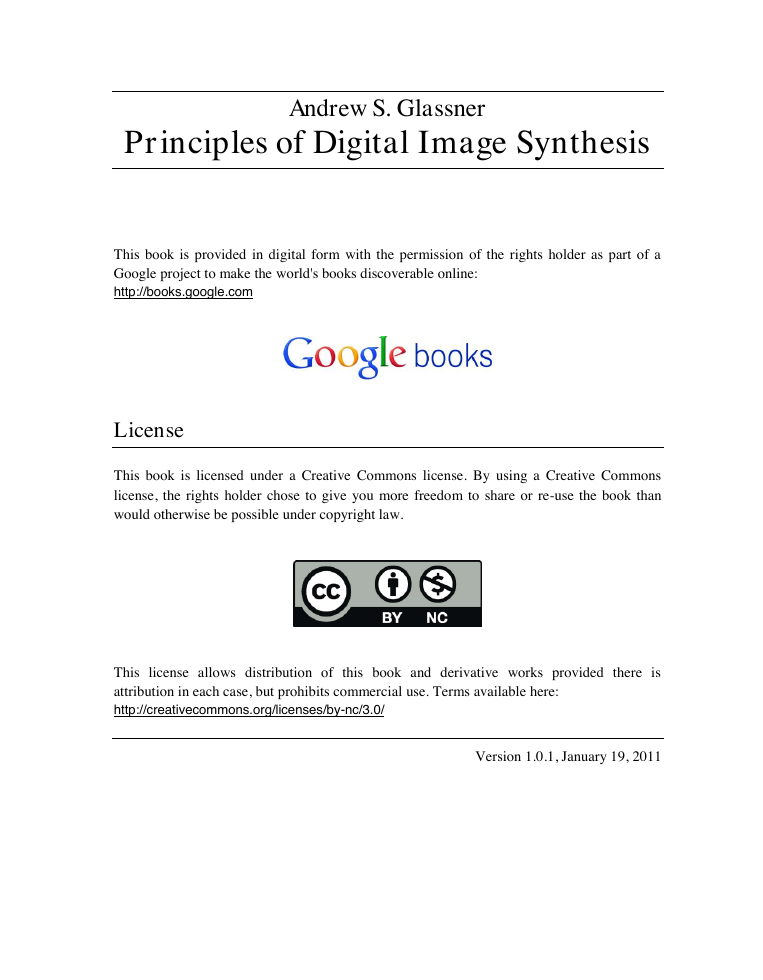

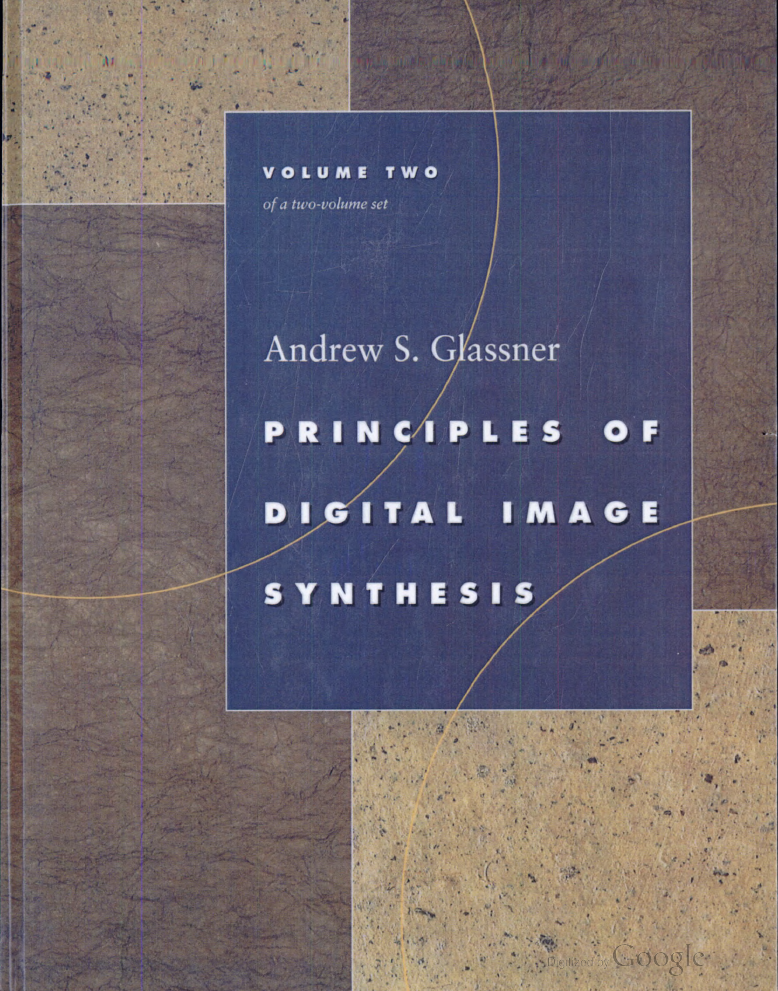

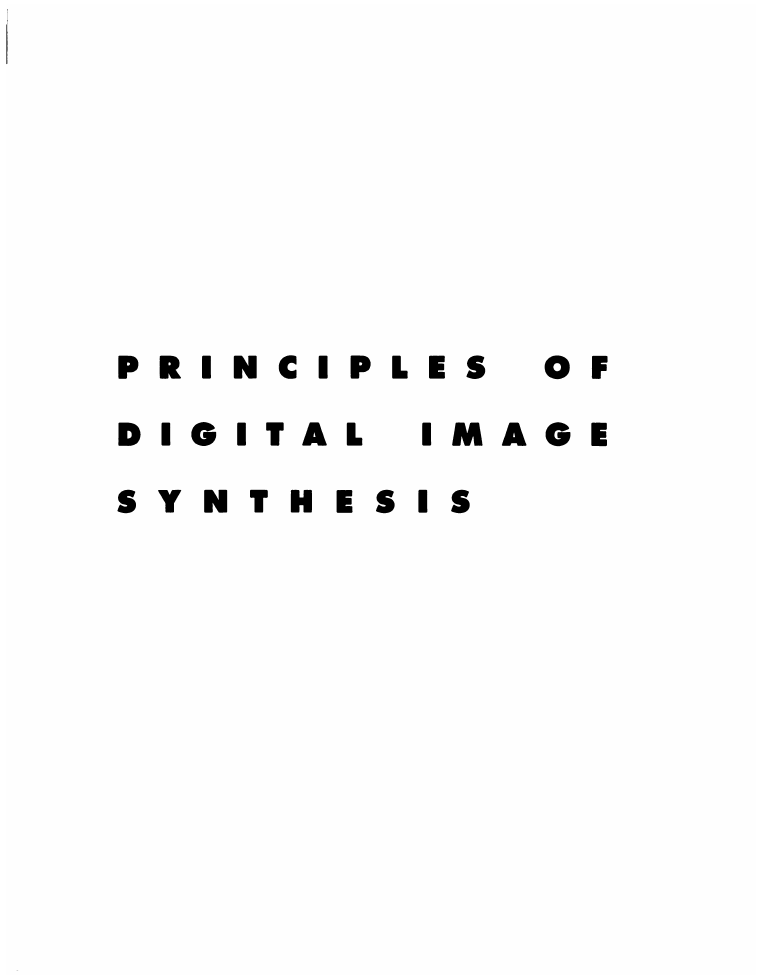
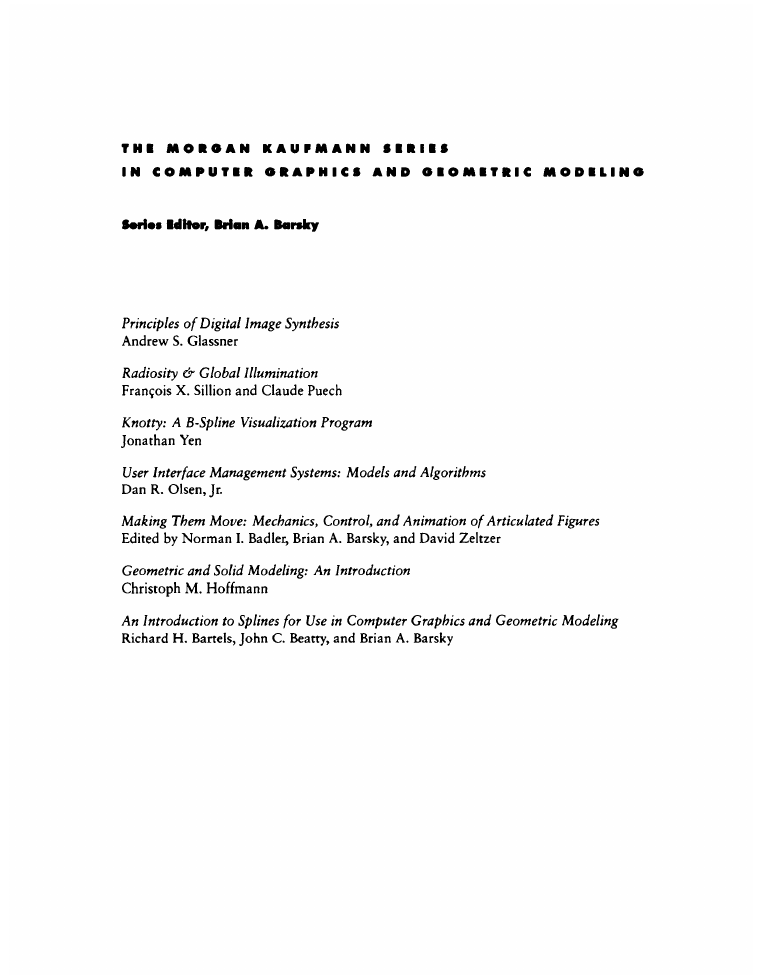
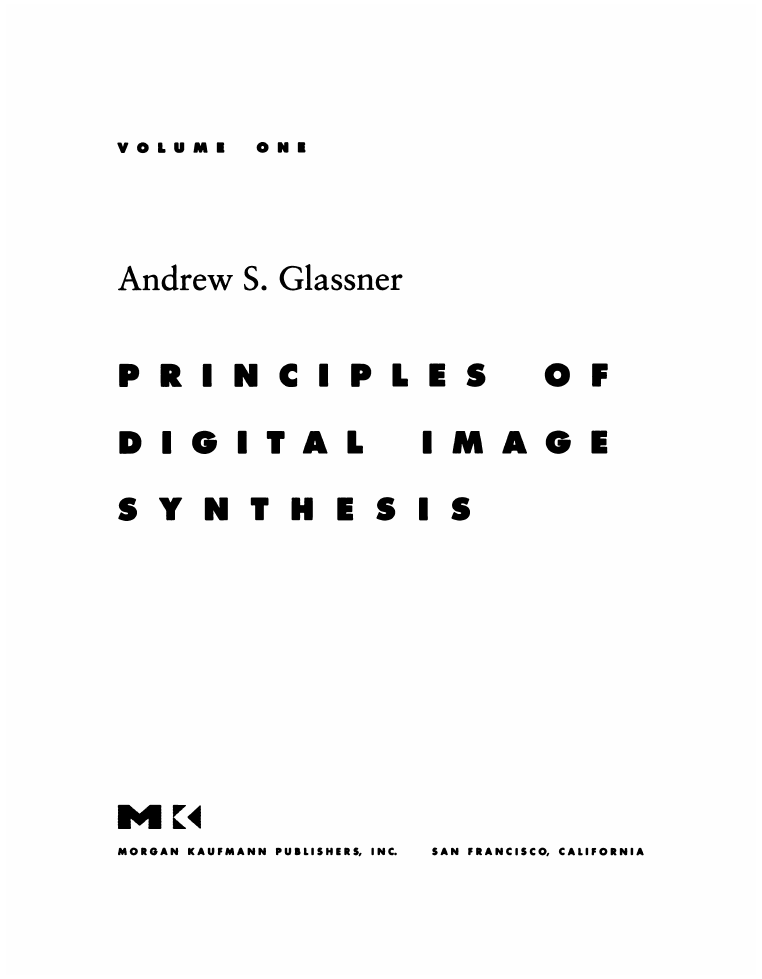
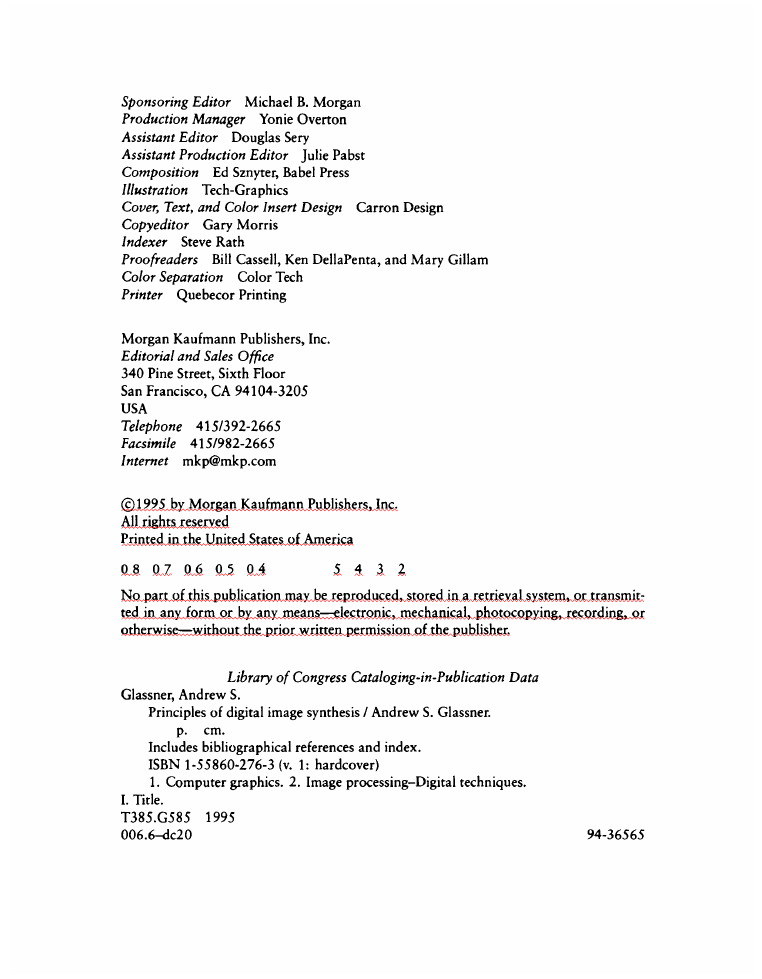








 2023年江西萍乡中考道德与法治真题及答案.doc
2023年江西萍乡中考道德与法治真题及答案.doc 2012年重庆南川中考生物真题及答案.doc
2012年重庆南川中考生物真题及答案.doc 2013年江西师范大学地理学综合及文艺理论基础考研真题.doc
2013年江西师范大学地理学综合及文艺理论基础考研真题.doc 2020年四川甘孜小升初语文真题及答案I卷.doc
2020年四川甘孜小升初语文真题及答案I卷.doc 2020年注册岩土工程师专业基础考试真题及答案.doc
2020年注册岩土工程师专业基础考试真题及答案.doc 2023-2024学年福建省厦门市九年级上学期数学月考试题及答案.doc
2023-2024学年福建省厦门市九年级上学期数学月考试题及答案.doc 2021-2022学年辽宁省沈阳市大东区九年级上学期语文期末试题及答案.doc
2021-2022学年辽宁省沈阳市大东区九年级上学期语文期末试题及答案.doc 2022-2023学年北京东城区初三第一学期物理期末试卷及答案.doc
2022-2023学年北京东城区初三第一学期物理期末试卷及答案.doc 2018上半年江西教师资格初中地理学科知识与教学能力真题及答案.doc
2018上半年江西教师资格初中地理学科知识与教学能力真题及答案.doc 2012年河北国家公务员申论考试真题及答案-省级.doc
2012年河北国家公务员申论考试真题及答案-省级.doc 2020-2021学年江苏省扬州市江都区邵樊片九年级上学期数学第一次质量检测试题及答案.doc
2020-2021学年江苏省扬州市江都区邵樊片九年级上学期数学第一次质量检测试题及答案.doc 2022下半年黑龙江教师资格证中学综合素质真题及答案.doc
2022下半年黑龙江教师资格证中学综合素质真题及答案.doc